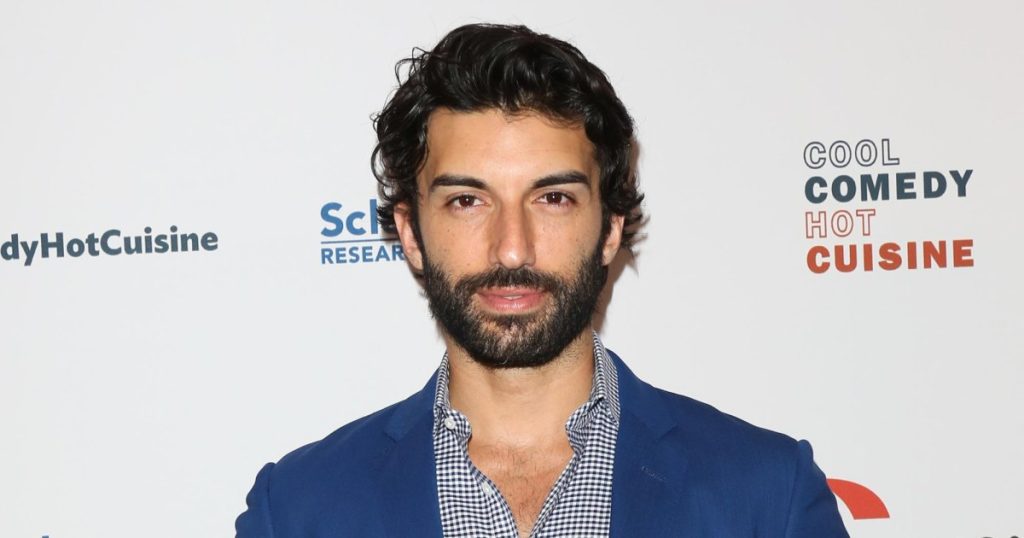The legal battle between actress Blake Lively and actor-director Justin Baldoni, stemming from their work on the film adaptation of “It Ends With Us,” has erupted into a public spectacle of accusations and denials. Lively’s lawsuit paints a picture of a hostile work environment created by Baldoni, alleging sexual harassment and a subsequent smear campaign orchestrated to damage her reputation. The core of Lively’s complaint revolves around Baldoni’s alleged inappropriate discussions of his sexual history, including an admission of not always obtaining consent from past partners, and unwanted physical contact during filming.
The lawsuit details an incident in a car where Baldoni allegedly recounted his own experience of sexual trauma, followed by an admission of past transgressions regarding consent. This conversation reportedly left Lively’s driver concerned for her safety around Baldoni. Further allegations describe Baldoni improvising kisses, including biting Lively’s lip, during filming, and insisting on repeated takes without prior discussion or the presence of an intimacy coordinator. Lively’s complaint also extends beyond her personal experiences, citing concerns for other female cast and crew members who allegedly also experienced discomfort due to Baldoni’s behavior.
Adding another layer to the conflict, Lively’s lawsuit accuses Baldoni and his team of engaging in a retaliatory smear campaign aimed at discrediting her and undermining her reputation. This alleged campaign is portrayed as a direct response to Lively voicing her concerns about Baldoni’s conduct on set. The lawsuit details a meeting held to address Lively’s complaints, outlining specific demands she made to improve the working environment, including ceasing discussions of sexual experiences and refraining from comments about her physical appearance. This meeting, however, appears to have done little to resolve the underlying issues, as the lawsuit further alleges that Baldoni continued to exhibit inappropriate behavior.
The lawsuit further alleges that other cast members also lodged complaints against Baldoni for his behavior. One actress reportedly filed a sexual harassment complaint about “gross” and “unwanted” comments. Another actress complained about Baldoni’s comments on her appearance, and while Baldoni initially acknowledged her concerns, the actress later informed Lively she could no longer speak to him outside of filmed scenes. The lawsuit suggests Baldoni viewed Lively’s friendship with this actress with suspicion, as if they were colluding against him. These additional complaints, as presented in the lawsuit, bolster Lively’s claim of a hostile work environment fostered by Baldoni’s behavior.
Baldoni, through his lawyer, vehemently denies Lively’s allegations, characterizing them as “completely false, outrageous, and intentionally salacious.” His legal team frames the lawsuit as a strategic maneuver by Lively to rehabilitate her image and recycle a negative narrative surrounding the film’s production. This countersuit asserts that Lively, not Baldoni, was the source of negative information disseminated about the film and its production. This clashing narrative sets the stage for a potentially protracted legal battle, with both sides presenting starkly contrasting accounts of the events that transpired on the set of “It Ends With Us.”
Amid this legal crossfire, Lively has garnered public support from various individuals connected to the project, most notably author Colleen Hoover, whose novel served as the basis for the film. Hoover commended Lively for her courage in speaking out against alleged misconduct. Lively herself has emphasized the broader implications of her lawsuit, hoping it will shed light on retaliatory tactics employed against those who report misconduct and serve as a protective measure for others who may face similar situations. This case highlights the complexities and sensitivities surrounding allegations of workplace harassment in the entertainment industry, underscoring the potential for disparate interpretations of events and the challenges of navigating such disputes in the public eye.

